Sturgeon able to benefit Vietnam
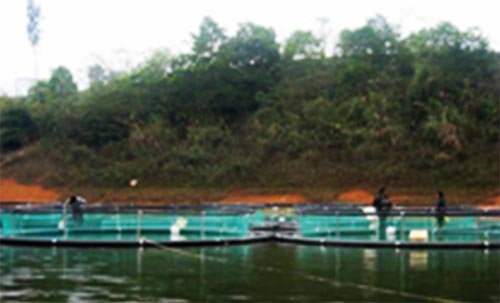
A sturgeon cage culture farm in Thac Ba Reservoir in Yen Bai province - Photo: Nguyen Hai Son
Sturgeons are a high-value species, especially their eggs which are made into caviar. They have been introduced into aquaculture in Vietnam in an effort to use the availability of cold-water resources, especially lakes and reservoirs, and have become a major cultured fish in highland and mountainous areas. With the development of sturgeon aquaculture in the cold-water areas of the north and central highland provinces, Vietnam has made its way onto the list of the top ten sturgeon producers in the world, along with China, Russia, Italy, Bulgaria, Iran, the US, France, Poland and Germany, according to the Food and Agriculture Association (FAO).
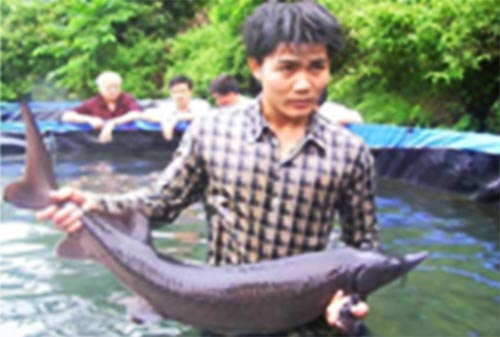
Worker with a sturgeon at a research station operated by Research Institute No.1 in Na Hang Reservoir
in Tuyen Quang province - Photo: Nguyen Hai Son
The four sturgeon species cultured in Vietnam are Siberian sturgeon, beluga, Russian sturgeon and sterlet, with Siberian sturgeon being the most popular, according to Dr. Tran Dinh Luan, former deputy director at the Research Institute for Aquaculture No. 1 (RIA 1) in the northern province of Bac Ninh. Chinese sturgeon was also introduced into Vietnam a few years ago but has not been as successful as Siberian sturgeon or the others because of its slow growth rate, he added.
Siberian sturgeon was the first species introduced into Vietnam from Russia via RIA 1. The fertilised eggs were hatched and reared successfully in many areas such as Sapa in Lao Cai province, Na Hang in Tuyen Quang, Thac Ba Reservoir in Yen Bai province, Da Lat in Lam Dong province and Da Mi Reservoir in Binh Thuan province.
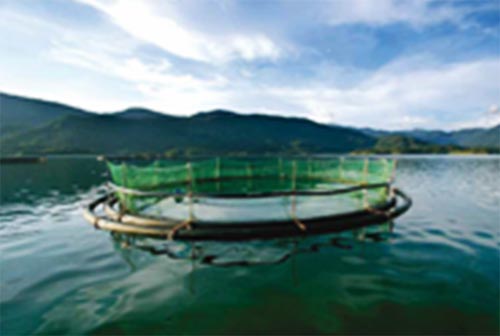
Sturgeon cage operated by Vietnam Sturgeon Company - Photo: Vietnam Sturgeon Company
The private sector has mainly contributed to sturgeon aquaculture development in Vietnam. In 2007, the Ha Quang Company co-operated with Russian experts to carry out trials on egg incubation and hatching, and raising Siberian sturgeons, Russian sturgeons, and sterlets in Tuyen Lam Lake in Da Lat. In 2008, the Vietnam Sturgeon Company applied the new technology to culture the four species in the Da Mi Reservoir. Surprisingly, more than 20,000 Siberian sturgeons, Russian sturgeons, and sterlets grew well at 30.5 degrees water temperature during the summer of 2008. After such great results, the company is also looking to produce caviar for export to markets such as Japan, Russia and the US.
Another private company, Yen Bai province-based Northern Sturgeon JSC has built a sturgeon nursery in Van Chan district and grown Siberian and Russian sturgeons in Thac Bac Reservoir.
Many other private companies such as Giang Ly in Lam Dong, Thien Ha in Lao Cai province and Chu Va Hydropower Company have also invested in this business but on a smaller scale.
There are many sturgeon farming systems in Vietnam such as tanks, ponds and cages. The local temperatures range between 16 and 18 degrees. As a result, sturgeons cultured in Vietnam grow 1.5-2 times faster than in their countries of origin. They also have lower feed conversion ratios and shorter farming periods and thus reduced labour costs, noted Dr. Luan.
Therefore, Vietnam’s sturgeon can compete with products from the temperate zone. Fish productivity has significantly increased, from 7-10 kilograms per cubic metre at the beginning to 20-30 kilograms today thanks to improved farming systems and technologies.
Vietnam has been ranked as the eighth producer of sturgeon in the world, Luan said. “It is important that there is a detailed development plan for this business in Vietnam.”
As part of Vietnamese government efforts to promote fish farming in highland areas, RIA 1 officer Nguyen Hai Son and researcher Nguyen Quang Thai have developed methods and guidelines for raising sturgeon in cages in Vietnam.
Son explained cage culture in lakes and reservoirs was considered one of the most important trends in many countries seeking to take full advantage of water surfaces to improve aquaculture activities. “Cage culture also has several advantages over other methods of culture because it uses existing water bodies and simple technology while requiring comparatively low capital investment,” he added.
The methods and guidelines include selecting the species, designing the cage, selecting the site, managing production, providing good quality feed, and sampling, harvesting and keeping records.
Records of cage environment and fish health should be kept to minimise any problems as early as possible in the production cycle, said Son. “Record keeping also helps farmers learn from past mistakes, thus reducing the risk and costs of production in subsequent crops,” he explained.
Locally-cultured sturgeon are popular in the domestic market, especially tourist destinations, as well as supermarkets, hotels and restaurants in major cities such as Hanoi, Hai Phong and Ho Chi Minh City and provinces such as Lam Dong, Dak Lak, Quang Ninh, Hai Duong, Bac Ninh and Bac Giang. They are sold live, fresh, chilled and frozen, whole or in chunks. The prices for live fish range from $10-15 per kilogram.
What the stars mean:
★ Poor ★ ★ Promising ★★★ Good ★★★★ Very good ★★★★★ Exceptional
Latest News
More News
- Investors increase high-tech activities (April 23, 2025 | 15:43)
- Plenty of areas for Vietnam and Thailand to cooperate (April 23, 2025 | 15:37)
- Bac Giang International Logistics Centre launched (April 23, 2025 | 12:02)
- Green engagement rides high in Vietnam (April 22, 2025 | 14:54)
- Public-private partnerships a lever for greener innovation (April 22, 2025 | 14:44)
- Unlock transport potential to accelerate Mekong Delta growth: PM (April 22, 2025 | 11:34)
- AEON Vietnam breaks ground on new project in Hai Duong (April 21, 2025 | 11:56)
- Haiphong private sector emerges as key engine of economic growth (April 21, 2025 | 11:44)
- Highlands Coffee opens roastery in Ba Ria – Vung Tau (April 21, 2025 | 08:07)
- Hoa Phat Group breaks ground on high-grade steel and railway track plant (April 18, 2025 | 11:50)


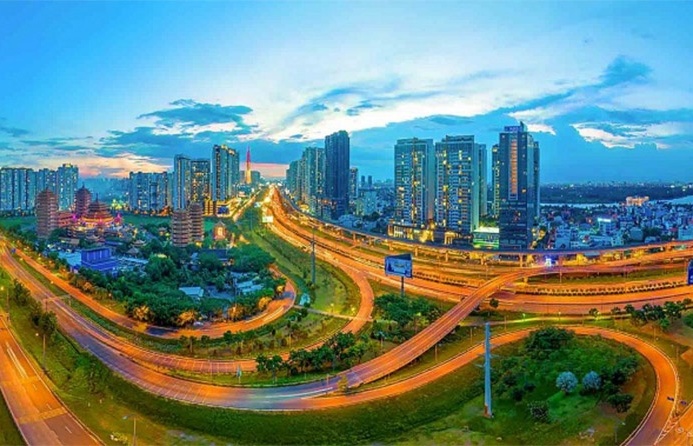
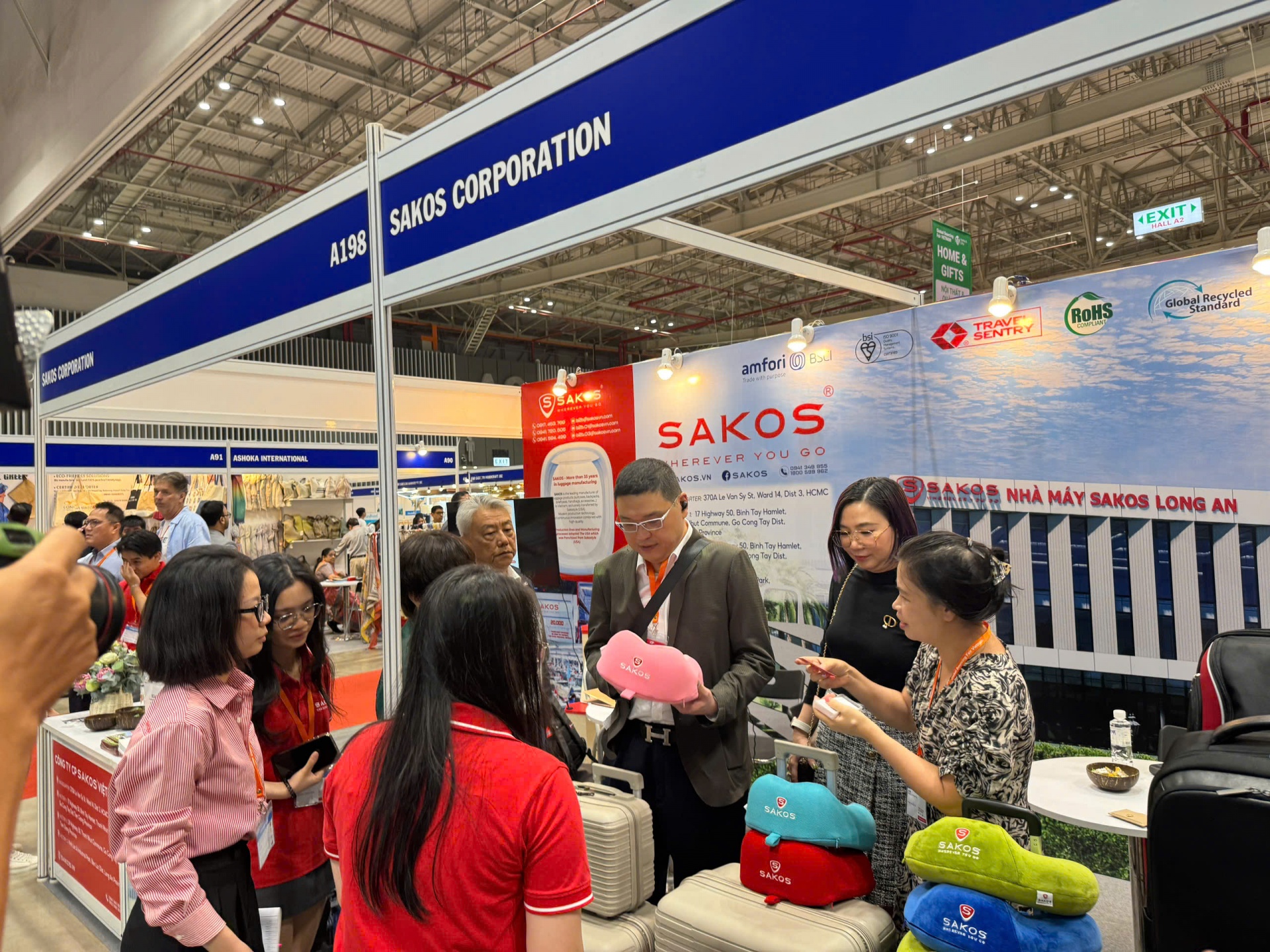






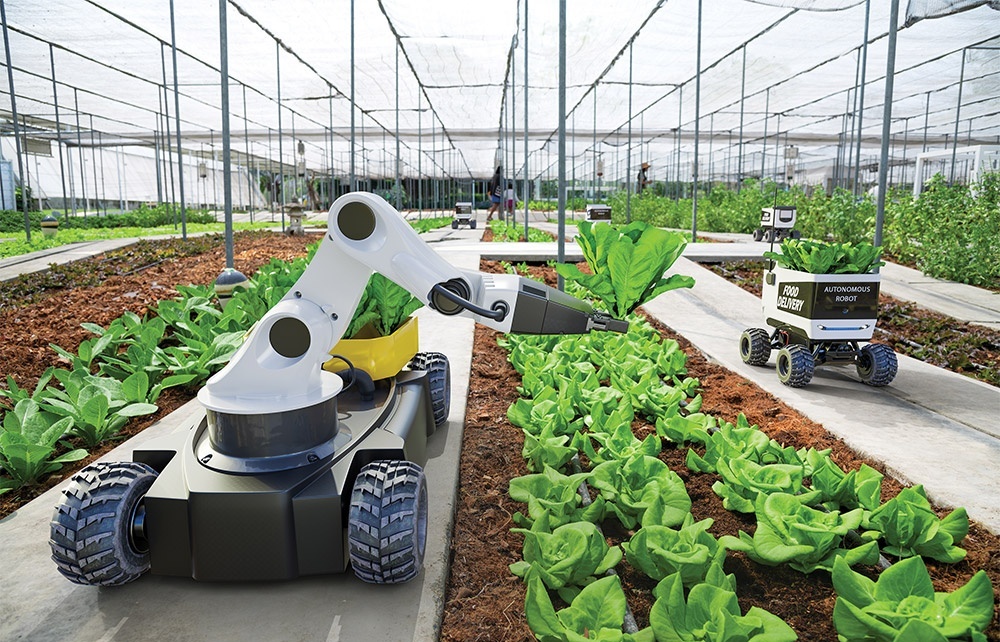




 Mobile Version
Mobile Version